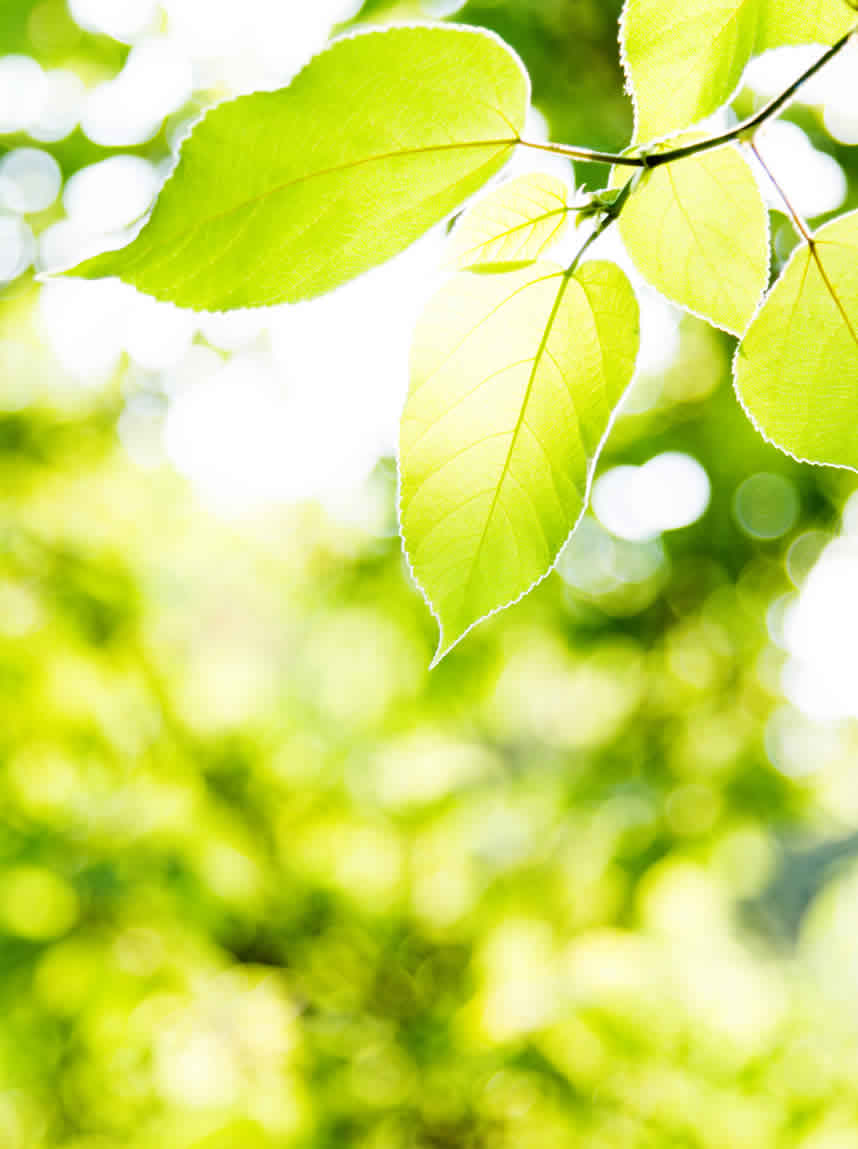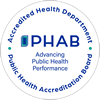-
HOW DO I
Apply For
Find
Pay
Water Testing

-
RESIDENTS
Health & Wellness
Senior & Assisted Living
Environment
Families & Individual Support
Financial Assistance
Library
Safety & Justice
Broadband

-
BUSINESS
Community Development
GIS Mapping
Ordinances
Requests For Proposals
Start A Business
Zoning, Planning & Land Information
Broadband

-
VISITORS
Campgrounds & Shelters
Downtown Guide
Hunting & Fishing
Parks/Facilities
Explore La Crosse

-
YOUR GOVERNMENT
County Board
Ordinances
Resolutions
Elections
Elected Officials
State
Facilities
Municipalities: Cities, Villages and Towns
- CITY OF LA CROSSE
- CITY OF ONALASKA
- TOWN OF BANGOR
- TOWN OF BARRE
- TOWN OF BURNS
- TOWN OF CAMPBELL
- TOWN OF FARMINGTON
- TOWN OF GREENFIELD
- TOWN OF HAMILTON
- TOWN OF HOLLAND
- TOWN OF MEDARY
- TOWN OF ONALASKA
- TOWN OF SHELBY
- TOWN OF WASHINGTON
- VILLAGE OF BANGOR
- VILLAGE OF HOLMEN
- VILLAGE OF ROCKLAND
- VILLAGE OF WEST SALEM
School Districts


Health
Blue-Green Algae Precautions
Blue-green algae, also known as cyanobacteria, is harmful to people and pets. Before getting in the water, always look at the water around you and don't get in the water if you see blue-green algae. Water conditions can change quickly, and a test result may not always reflect the current water quality.
Spotting blue-green algae blooms
Despite its name, blue-green algae may not always be blue-green in color. It may also be reddish-purple or brown. Blue-green algae causes the water to be murky. See Photos of Algal Blooms | Wisconsin Department of Health Services.
When environmental conditions are just right, blue-green algae can grow very quickly. Most species are buoyant and will float to the surface where they form scum layers or floating mats. Blue-green algae can form blooms that can be toxic to people and animals, causing a variety of symptoms. Blue-green algae are created when there is sunshine, high levels of nutrients in the water, and other factors. Click here for more information: Understanding Blue-Green Algae | Wisconsin Department of Health Services
Be careful around blue-green algae blooms
Do not:
- Swim in water that looks like "pea soup", green or blue paint, or that has a scum layer or puffy blobs floating on the surface
- Boat, kayak, or water ski in water with blue-green algae (you can breathe in the toxins)
- Let children play with scum layers, even from shore
- Let pets or livestock swim in or drink water with blue-green algae blooms
- Treat water that has blue-green algae blooms with any herbicide or algaecide because toxins are released into the water when blue-green algae cells die
If you have been in the water with blue-green algae
- Rinse off well when you get out.
- If you have symptoms that you think are due to contact with blue-green algae, call your health care provider or Poison Control Center at 1-800-222-1222. See this link for common symptoms of algae-related illness: Health Concerns Related to Blue-Green Algae | Wisconsin Department of Health Services.
- Report a blue-green algae bloom or illness to the Wisconsin Harmful Algal Blooms Program at the following link: Blue-Green Algae | Wisconsin Department of Health Services.
Tips for dog owners
Your dog doesn't know to avoid blue-green algae. They may drink the water or lick it off their fur and get sick, or even die. Because they're smaller than humans, it doesn't take much drinking or licking for this to happen.
- Always look at the water around you before letting your dog swim or wade.
- Give your dog fresh water to minimize the amount of lake water they drink.
- Rinse your dog off as soon as possible after being in the water. Since dogs often lick their fur, they can swallow toxins even after they are dry.
- If your dog has been in the water near a blue-green algae bloom and they seem sick, call your vet.
You can help reduce the frequency and intensity of blue-green algae blooms
There is no quick and easy fix once blue-green algae appears in a lake or pond. Reducing the amount of nutrients that wash into our lakes and ponds will eventually help, but it may take a long time and a lot of community involvement.
How you can help:
- Minimize the use of lawn fertilizers
- Don't use fertilizers that contain phosphate
- Perform routine maintenance on your septic system
- Prevent leaves and grass clippings from washing into storm drains
- Plant native plants along the shoreline to help keep the water clean

Health Department Office Location
2nd Floor, 300 4th St. N.
La Crosse, WI 54601
Main Business Phone: 608-785-9872
Main Fax: 608-785-9846
Email:
[email protected]
In a public health emergency call 911
If you need assistance to access or use information on this website or Health Department services, please let us know
Interpretation services available upon request
Tell us how we are doing! Customer Satisfaction Survey
Office Hours: 8:00am to 4:30pm Monday-Friday; some service hours may vary
Collaboratively promoting a healthful community for all people.
La Crosse County Health Department complies with applicable Federal civil rights laws
and does not discriminate on the basis of race, color, national origin, age, disability, or sex.
© 2025 La Crosse County. All Rights Reserved.
